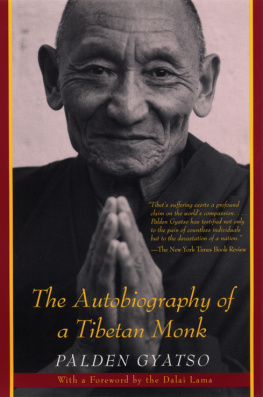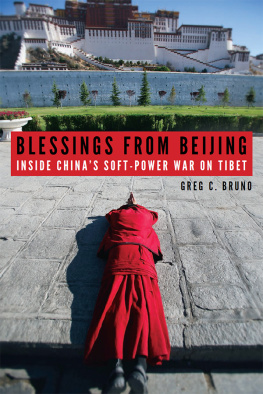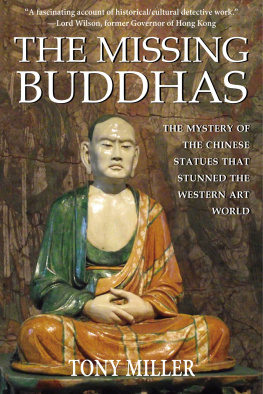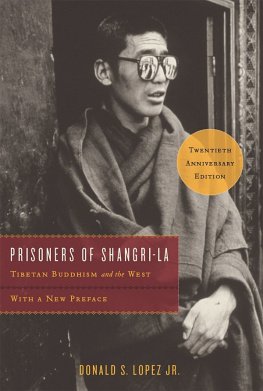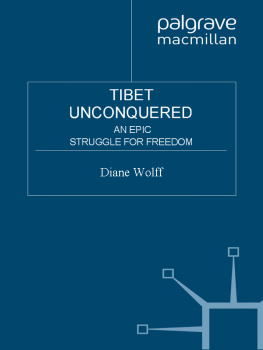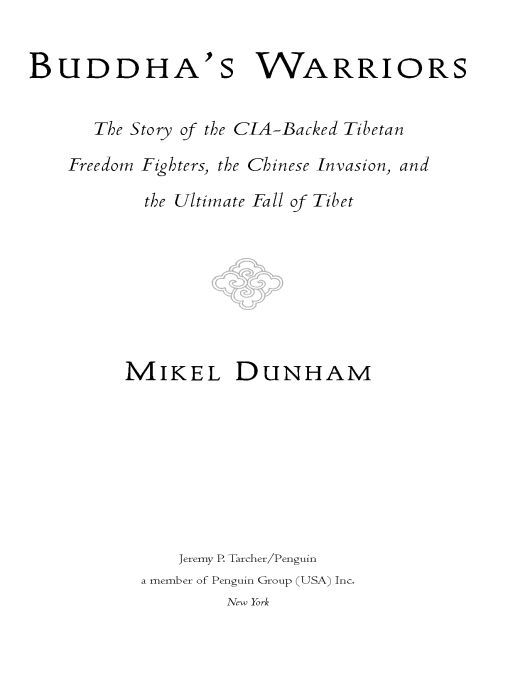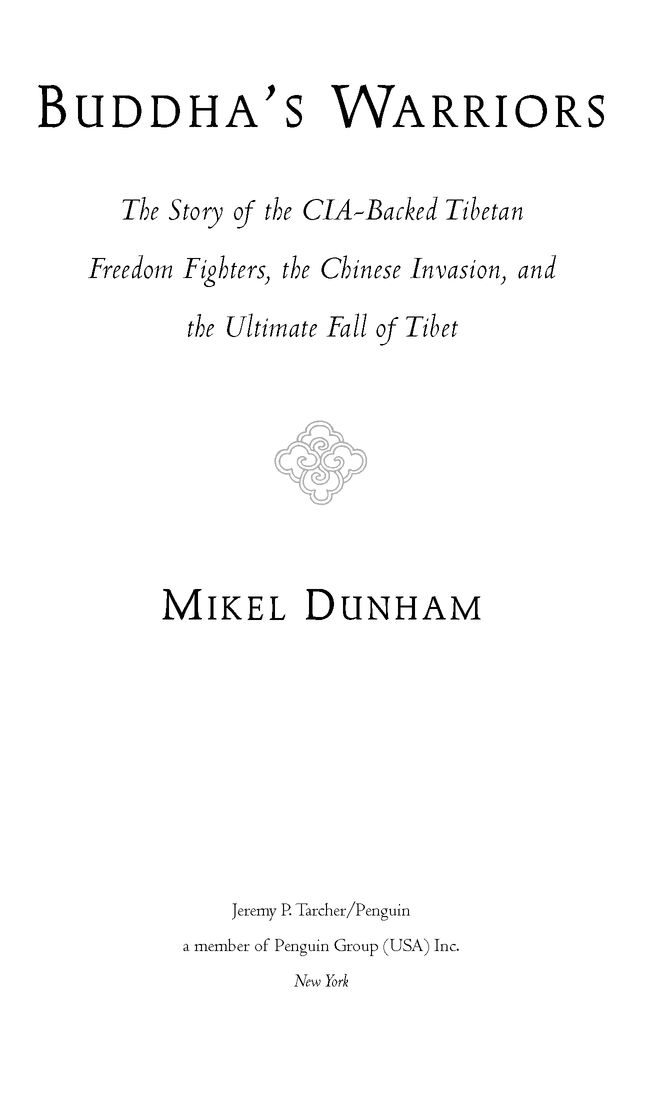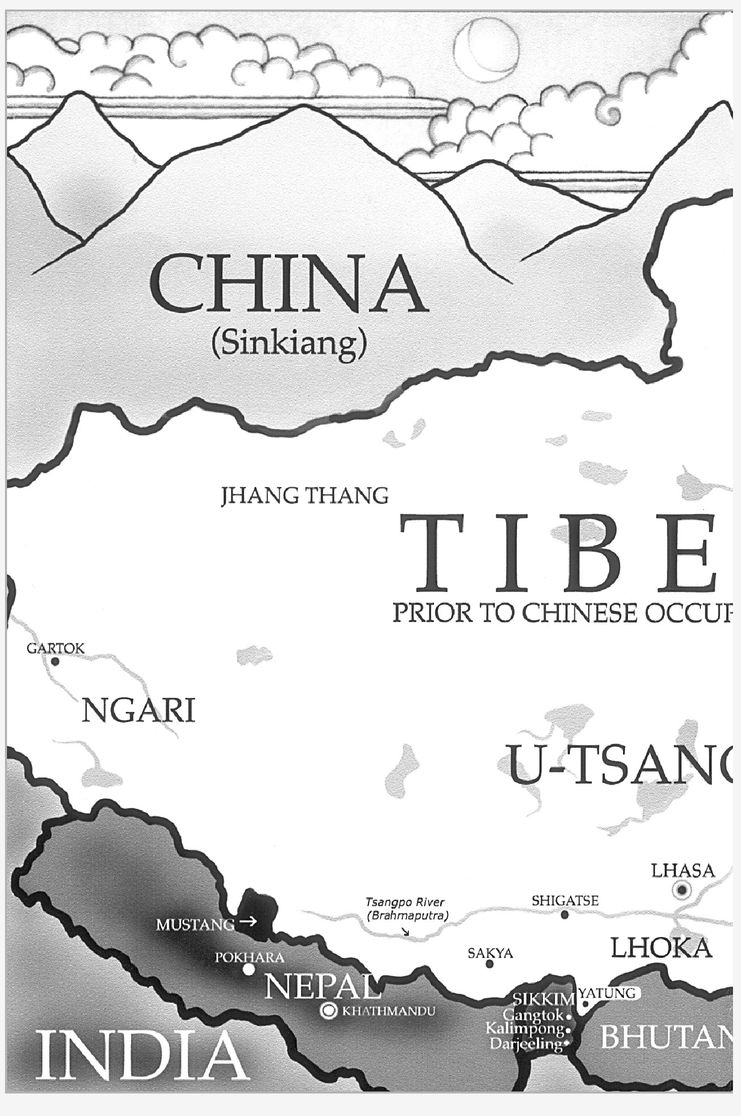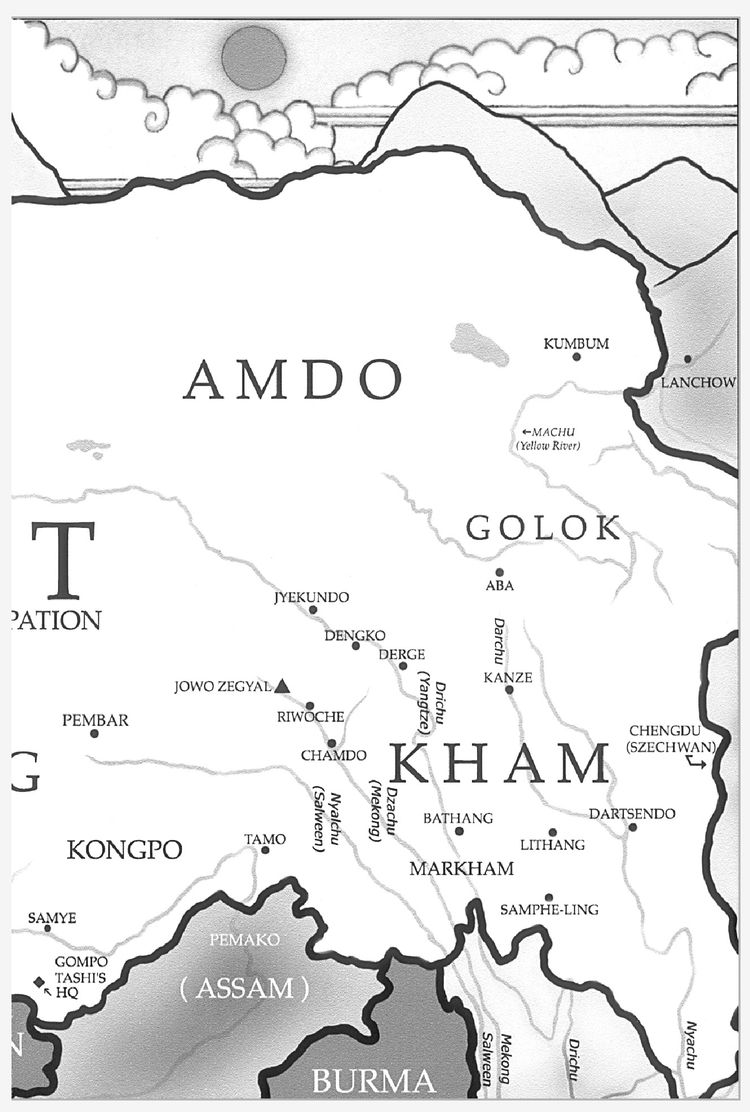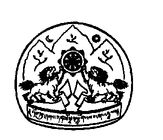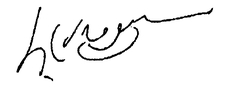Table of Contents
OTHER BOOKS BY MIKEL DUNHAM
NONFICTION
Samye: A Pilgrimage to the Birthplace
of Tibetan Buddhism
FICTION
Casting for Murder
Stilled Life
For Adrian, Zachary,
and Margaret
THE DALAI LAMA
FOREWORD
The Chinese invasion and occupation of Tibet has been one of the great tragedies of this century. More than a million people have died as a result. An ancient culture with its buildings, literature, and artifacts has been attacked and largely destroyed, and the living holders of its traditions have been prevented from passing them on in their homeland.
International awareness of what took place during the past fity years in the Land of Snows may generally have grown, but what may not be so well known or appreciated is the fact that there was an armed resistance. In Kham, Eastern Tibet, in particular, where people retained the warrior-like qualities of old, groups of men banded together to oppose the Chinese by force. These guerillas, riding on horseback and often equipped with outdated weapons, put up a good fight. They expressed their loyalty and love for Tibet with indomitable courage. And although they were ultimately unsuccessful in preventing the Chinese from overwhelming Tibet, they let the so-called Peoples Liberation Army know what the majority of Tibetans felt about their presence.
Although I believe that the Tibetan struggle can only be won by a long-term approach and peaceful means, I have always admired these freedom fighters for their unflinching courage and determination. And I am glad that Mikel Dunham has been able to tell these brave mens story in this book, much as they told it to him.
AUTHORS NOTE
With few exceptions, the primary sources for my book played an active role in the Tibetan resistance. Most of their interviews were taped in refugee camps in India and Nepal. I have identified my sources by their real names except when I was specifically asked not to, for political reasons. To distinguish primary sources in my narrative, I have quoted their stories in italics. Other firsthand accounts, folded into my narrative but previously published elsewhere, have been italicized for uniformity. The latter have been attributed in the standard manner.
Since the ancient Tibetan lunar calendar was still used at the time of the communist invasion, some of the witnesses dates may be at variance with Western reckoning. Likewise, names of places and numbers of forces in conflict may be inconsistent with other histories. Nevertheless, I have left these eyewitnesses accounts intact, except when their reckonings are significantly faulty or unnecessarily confusing to the contemporary reader.
MIKEL DUNHAM
May 20, 2004
Santa Monica,
California
Buffer zone: Artists grid used to create the proportional boundaries of the Buddha (Pema Wangyal of Dolpo)
PREFACE
LEVITY AND LIES
Prior to World War II, few countries aroused less interest at the U.S. State Department than Tibet. Tibet was that vast zone of neutrality lodged between the three behemoths of AsiaIndia, China, and the Soviet Uniona mighty classic buffer zone. Topographically, the boundaries were all but impenetrable. The inhabitants were said to live in willful isolation, jealously keeping their borders sealed off from foreigners. While romantics may have envisioned a Shangri-la, Washington bureaucrats took a pragmatic view: Tibet was a convenient vacuum, a blank space on the map, void of notable geopolitical significance.
Pearl Harbor changed that view. Every inch of Asia was suddenly of the utmost importance. Japanese control of much of the East induced generals to undergo crash courses in Asian geography. Cartographers worked overtime to fill in hitherto generalized charts. Military strategists scrambled to devise all sorts of maneuverability options, which included a study on the practicality of transporting war supplies from India to China through a suddenly interesting Tibet.
Since America had no diplomatic relations with Tibet, whom did one approach to secure permission to travel through its uncharted routes? The Tibetan government was described as an archaic Buddhist theocracy headed by a god-king who was a mere six-year-old boy. Did that mean that the State Department would have to strike deals with a little child? Or was someone else really in charge? And, if so, what was the proper protocol? Who had reliable intelligence reports? Were there any?
Forgotten files were dusted off and reassessed.
Old studies pointed toward a political snag:
It appeared that China had a long-standing claim of suzerainty (dominant state controlling the foreign relations of a vassal state, but allowing it internal sovereignty) over Tibet. If that were true, then China controlled Tibets international affairs while allowing it domestic sovereigntyfancy parlance for a puppet state. If Tibet were a puppet state, why not sidestep the god-king and his robed advisors and obtain permission directly from Beijing? Chiang Kai-shek, president of the Republic of China at the time, was something of a wild card. He was a dictator, but he was also Japans archenemy and therefore an obviously useful ally for the United States. Not only did he oppose the Japanese but he also was battling the communist army of Mao Tse-tung. On both fronts he was fighting the good fight. Washington contacted him toward the end of 1942.
Chiang Kai-sheks response was reassuring. He claimed he was completely in control of Tibetan affairs; not only would he help the United States fight the Japanese by securing U.S. troops through Tibet, he would gladly deploy Chinese agents inside Tibet to ensure safe passage for American personnel. Reassuring newsif Chiang Kai-sheks claims were true.
Conflicting reports on file suggested otherwise: Tibet regarded itself as an independent nation, and there was mounting evidence to support the Tibetan claim.
Britain had faced the same problem in the 1890s when it attempted to establish trade relations with Tibet by bypassing Tibet and negotiating directly with the Chinese. Britain and China signed an agreement in 1893, but when the Tibetan government caught wind of the secret proceedings, its utter rejection of the planand Chinas inability to militarily circumvent Tibets rejectionconvinced the Viceroy of India, Lord Curzon, that Chinas claim of suzerainty was, in his words, a constitutional fiction and a political affectation.


